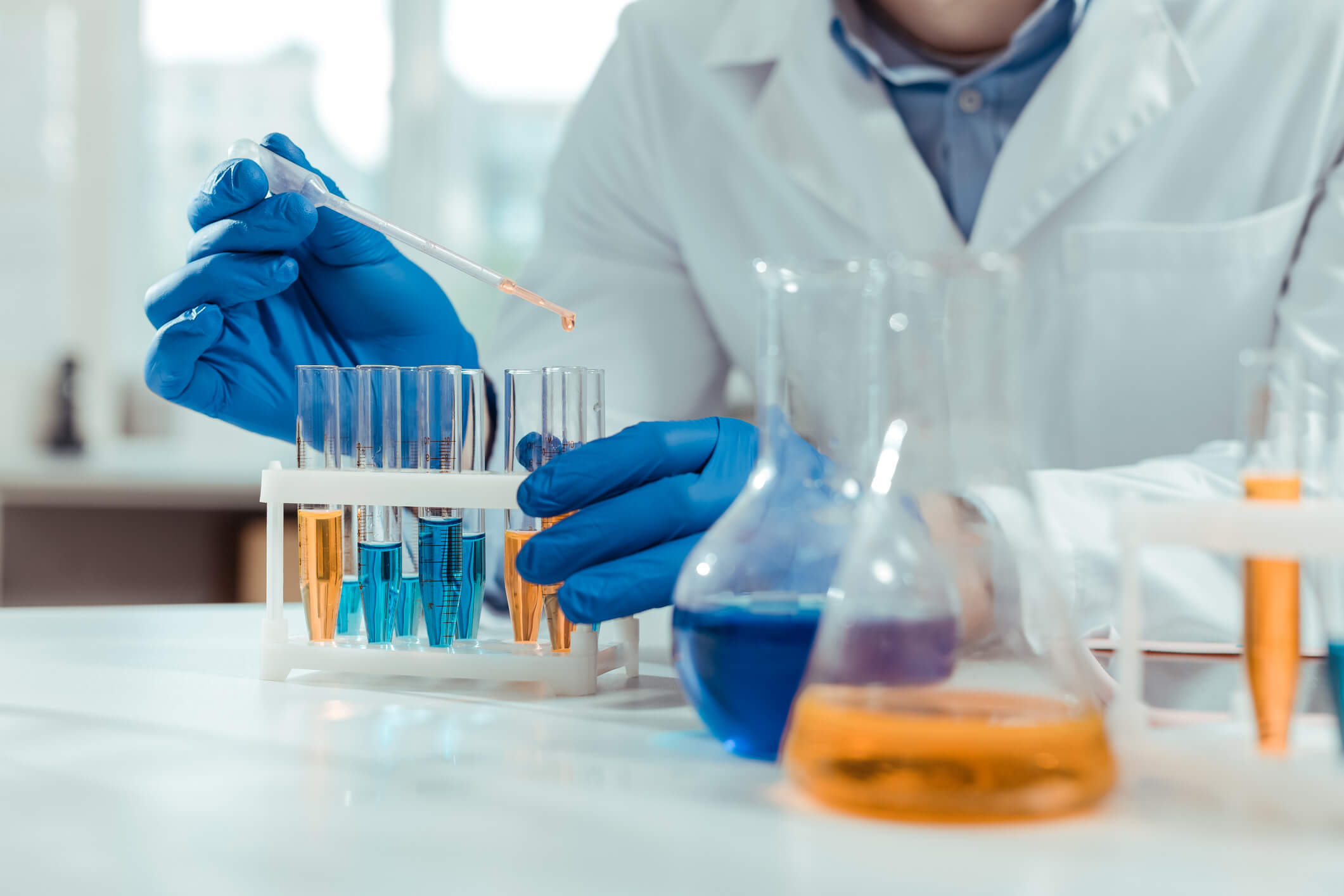Spectroscopy of Organic Compounds
Overall Course Objectives
To enable the students to use NMR, IR, and UV spectroscopy as well as mass spectrometry for structure determination and analysis of chemical reactions within organic chemistry and related subjects.
Learning Objectives
- Demonstrate knowledge of the principles behind the following analytical techniques: Mass spectrometry as well as IR-, NMR- and UV-spectroscopy
- Combine and evaluate spectroscopic data obtained from the techniques listed above with respect to determining the structure of a given organic compound.
- Determine double bond equivalents from the chemical formula and use the information in structural determination.
- Demonstrate knowledge of the terms used within stereochemistry and isomerism and know which effect these may have on the different types of spectra.
- Analyze EI-MS and ESI-MS spectra with respect to determination/identification of the molecular mass, constituent formula and analysis of characteristic fragmentation patterns for organic compounds.
- Analyze IR spectra based on knowledge of characteristic functional group frequencies in relation to the molecular structure.
- Analyze UV spectra based on knowledge of the different electron transitions and be able to use the different empirical rules to determine the position of the absoption maxima from a given structure.
- Analyze 1H and 13C NMR spectra and use data from basic 2D NMR experiments (1H-1H COSY and 1H-13C HSQC).
- Demonstrate knowledge of the characteristic chemical shifts, homo- and heteronuclear coupling constants and decoupling used in an NMR-based structural determination.
- Calculate 1H and 13C chemical shifts from tables and perform a first order spin-spin coupling-analysis.
- Use the intensities in 1H and 13C NMR spectra and demonstrate knowledge of which effect the following have on signal intensities: Number of nuclei, NOE, relaxation times and exchange.
- Demonstrate knowledge as to which influence exchange has on labile protons in 1H NMR.
Course Content
1H and 13C nuclear magnetic resonance spectroscopy (NMR): Use of chemical shifts, homo- and heteronuclear coupling constants, decoupling and basic 2D NMR experiments for NMR based structural elucidation. -Mass spectrometry (MS): Diverse methods for ionization of organic molecules; determination of molecular weight and molecular formula; use of characteristic fragmentation patterns. -Infrared spectroscopy (IR): Use of group frequencies for diverse functional groups in relation to the molecular structure. -Ultraviolet spectroscopy (UV): The nature of electronic transitions; prediction of absorption frequencies of characteristic chromophores as an aid in structural analysis.
Recommended prerequisites
26411, Organic Chemistry 2
Teaching Method
Lectures and problem solving.




